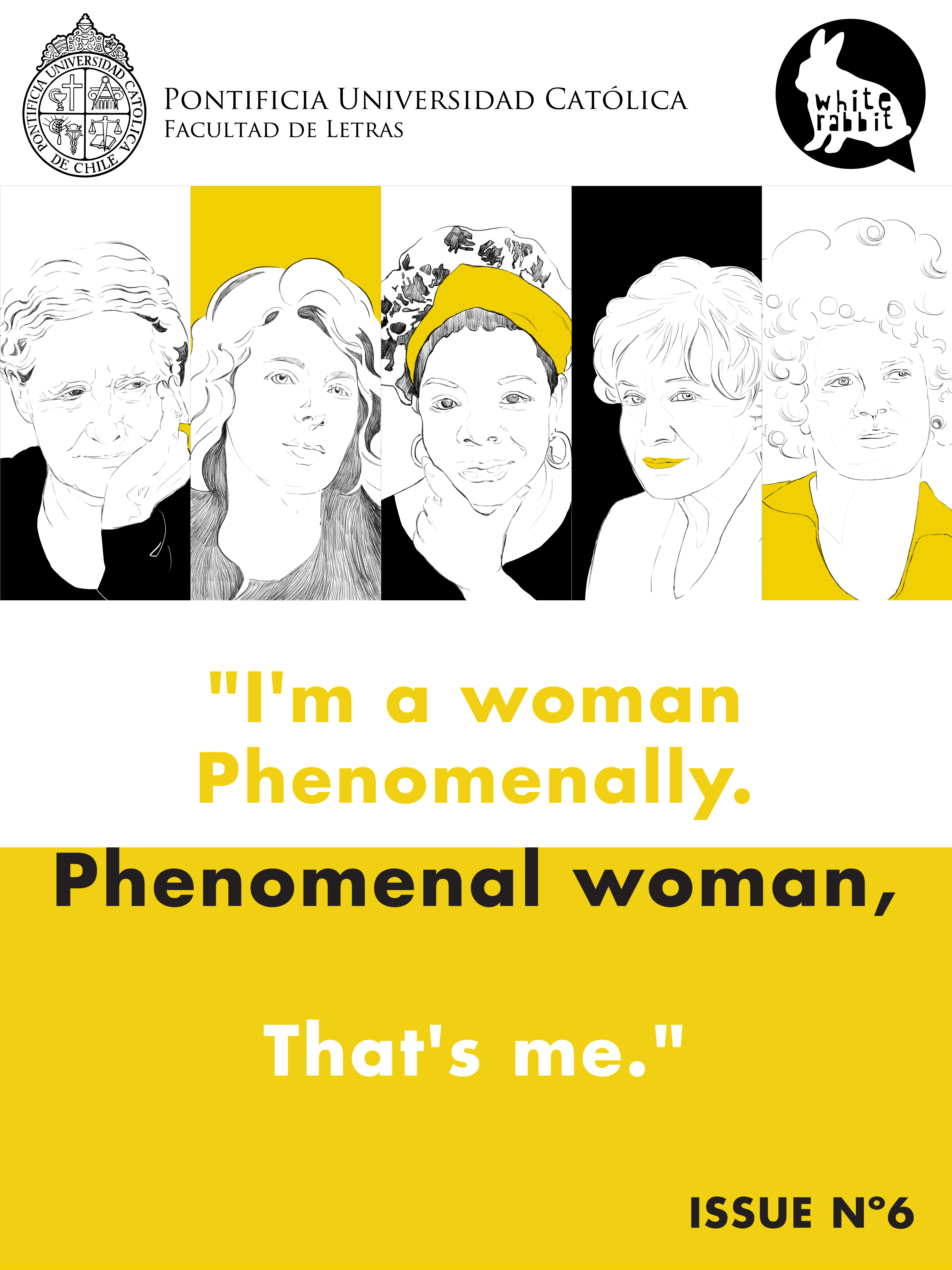Ambiguous Identities: The Subversion of Gender in Angela Carter’s The Passion of New Eve and Cristina Peri Rossi’s La Nave de los Locos
DOI:
https://doi.org/10.7764/ESLA.62067Abstract
This paper discusses issues of gender identity and dystopia in Angela Carter’s The Passion of New Eve and Cristina Peri Rossi’s La Nave de los Locos. It compares both women writer’s concerns in the creation of normative gender identities and how those identities are, at the same time, undermined by subversive characters. Carter and Peri Rossi present a variety of micro-worlds, which correlate with the different positions that women occupy in a variety of discursive orders. It also points to how social technologies, mythical representations and social practices constantly endorse essential representations of femininity and masculinity. As a result this paper argues that these novels, though from different socio-cultural contexts, give evidence of the artificial construction of gender and engage in gender performance and parody to provide a subject position outside the normative binaries of sexual difference, and flirting with androgyny as a possible sexual utopia.
Downloads
Downloads
Published
How to Cite
Issue
Section
License

This work is licensed under a Creative Commons Attribution-NonCommercial-NoDerivatives 4.0 International License.


